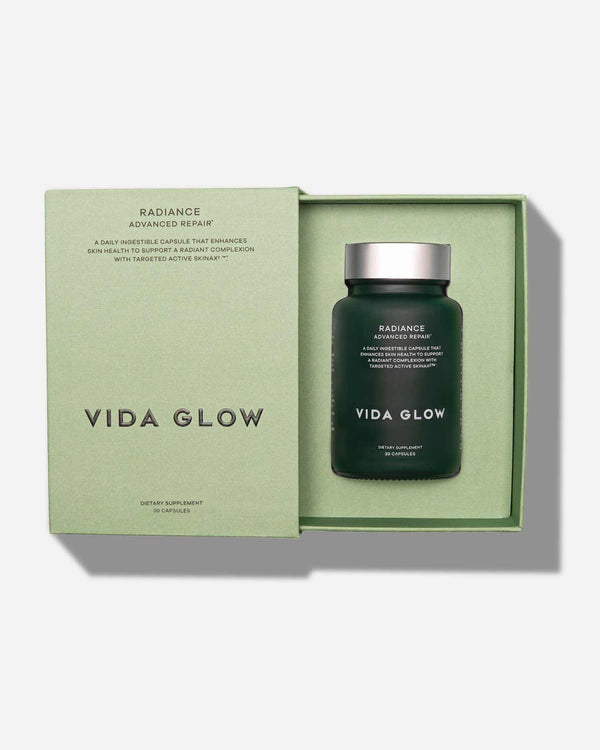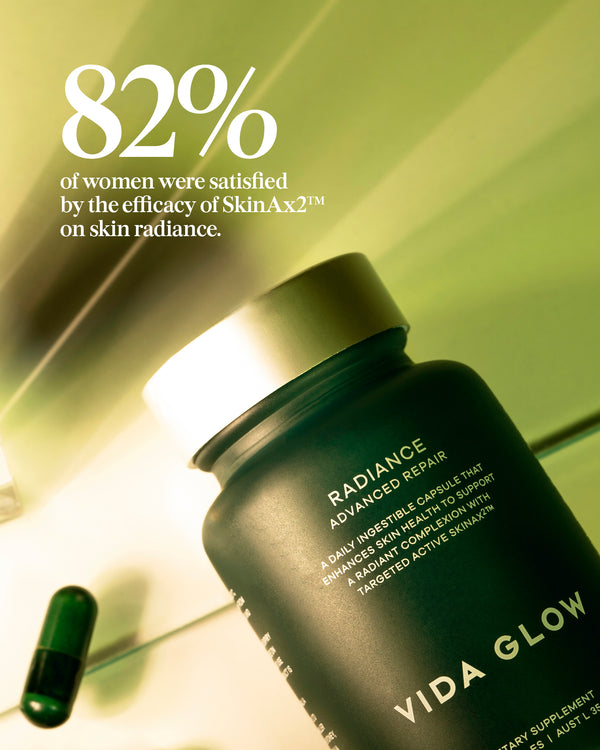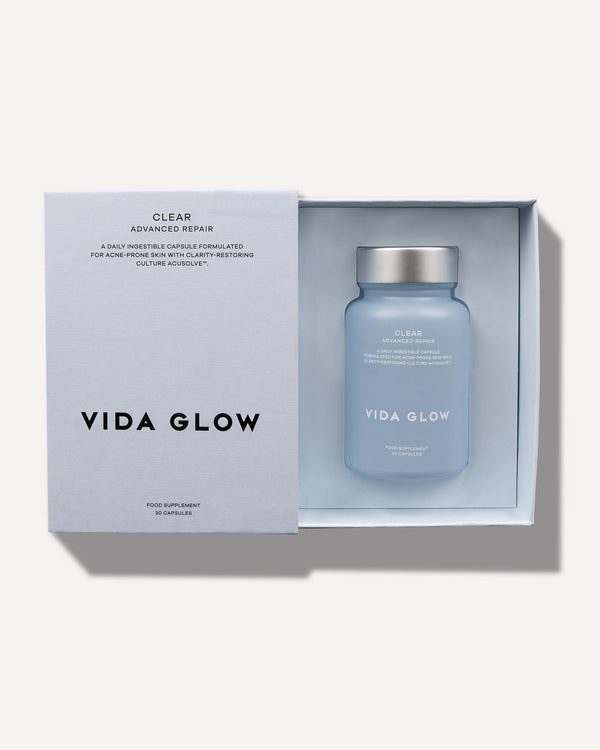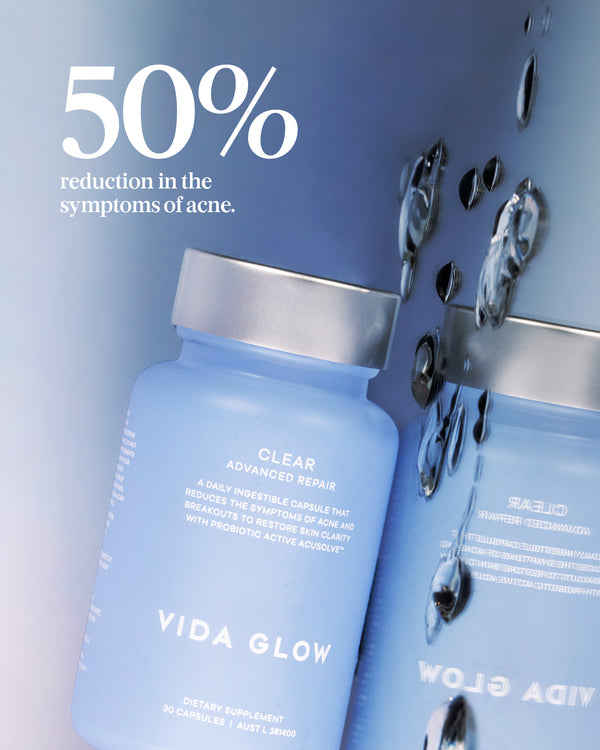Keeping your skin pigmentation in check

Keeping your skin pigmentation in check
Pigmentation is the enemy of bright and even skin and a major concern for people across the globe. And while it was once near impossible to treat, recent innovations provide a solution that doesn’t come with potential risks of further damage or the need to spend big.
Here, we explain what pigmentation is, the causes of hyperpigmentation and how you can prevent and treat it for a brighter, illuminated and even complexion.
What is skin pigmentation?
Skin pigmentation refers to the colour in the skin. Our skin colour, or skin tone, is determined by the number of melanocytes, pigment producing cells, that are present and how much melanin (pigment) they produce. When melanocytes are overactive, or production is abnormal, it causes areas of hyper or hypo pigmentation.
Hypopigmentation is the loss of absence of melanin production that causes areas that are lighter than the surrounding skin, commonly white spots.
Hyperpigmentation is the darkening or discolouration of the skin in patches and what is most commonly being referred to when we talk about skin pigmentation in the beauty world. It comes in many different forms and types and will look a little different on everyone.
Types of hyperpigmentation
Hyperpigmentation is the most common form of skin pigmentation or skin discoloration. The most common types include;
- Freckles: small spots of concentrated melanin formed when the skin is exposed to UVB radiation from the sun. They can appear as brown, tan, red, black or even yellow spots anywhere on the body.
- Age spots: also known as solar lentigo, age spots are more concentrated areas of discolouration that are unevenly distributed on the face or back of hands and caused by the build-up of melanin over time.
- Melasma: patches of discolouration on areas of the face caused when melanocyte cells are triggered, most often by hormonal imbalances or changes.
- Post-inflammatory hyperpigmentation (PIH): a type of hyperpigmentation that appears as red or brown spots in response to skin trauma or inflammation such as acne.
What causes pigmentation on the face?
Pigmentation is caused by overactive melanocytes or abnormal activity that triggers an excess of melanin production. When our skin experiences damage, inflammation occurs, and melanocytes respond by stimulating melanin production as a protective measure.
Pigmentation on face, neck and chest areas is most often caused by sun exposure and the resulting damage of UVB radiation that shows up as freckles or sunspots. Whereas post-inflammatory hyperpigmentation on the face is the result of inflammation or injury to the skin. Think acne that leaves red or brown marks and scars or inflammatory conditions such as eczema.
Then there’s hormones. Particularly in women, hormonal changes or imbalances can cause a type of pigmentation called melasma that shows up on the cheeks, forehead, chin, nose and above the upper lip.
Symptoms of melasma
Melasma shows up as dark patches on the skin and covers larger patches than freckles or sunspots. It typically appears symmetrically on both sides of the face although it can also occur on areas that are often exposed to the sun.
The exact causes of melasma haven’t been proven however its commonly connected to hormonal imbalances and triggered by oestrogen and progesterone. Because of this, pregnancy is often the first time that women begin to experience melasma and it’s also linked to the use of contraceptive pills and hormone therapies.


Hyperpigmentation prevention
The most effective way to prevent hyperpigmentation is to protect your skin from sun damage by regularly applying a broad-spectrum SPF and wearing protective clothing, even on cloudy or cool days.
You can also take an internal approach to hyperpigmentation prevention with a targeted ingestible routine rich in antioxidants that neutralise free radical damage and prevent damage caused by excessive sun exposure. Anti-G-Ox is formulated to protect, support and regenerate by defending against inflammation and oxidative stress on a cellular level.
When it comes to preventing post-inflammatory hyperpigmentation, a hands-off approach works best. Avoid squeezing or picking pimples, or using extraction tools that lead to damage. Better still, you can treat and prevent symptoms of acne in the first instance such as with an ingestible treatment like Vida Glow’s Clear capsules.
Hyperpigmentation treatment
Correcting uneven skin tone can be difficult and requires a bidirectional approach. Starting with skincare, ingredients like vitamin C, niacinamide and retinol are all popularly used in the treatment of hyperpigmentation however can’t penetrate the skin to the deepest layers where pigmentation occurs. There are professional beauty treatments such as lasers that can treat hyperpigmentation topically however these treatments come at a high-cost and with risks of side effects.
The best hyperpigmentation treatment is an internal approach with science-backed ingestible supplements that are formulated to tackle pigmentation on a cellular level. Radiance is a once-daily vegan capsule that contains a blend of ingredients that work to brighten and illuminate the skin.
Powered by key active SkinAx2™, Radiance diminishes and brightens melasma pigmentation, acne-induced dark spots, age and sunspots, and dark under-eye circles. It is clinically studied to increase luminosity by 26%, significantly reduce facial imperfections by 18% and reduce dark circles by 12%. It also contains vitamin C to reduce free radical damage and zinc, a calming mineral that reduces inflammation, supports wound-repair and helps to maintain skin health.
Keeping your pigmentation in check doesn’t have to be a complicated or costly process. Understanding the intricacies of pigmentation, its causes, types, and symptoms is the first step in your pigmentation treatment plan. Sun protection and the inclusion of antioxidant-rich ingestibles play a key role in pigmentation management. As does science-backed ingestible supplements like Radiance, which addresses signs of pigmentation at a cellular level. With just these simple steps you can achieve brighter, illuminated, and more even complexion while minimising the potential risks associated with invasive skin treatments.





